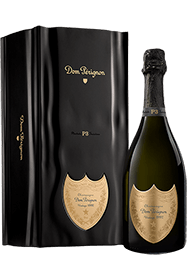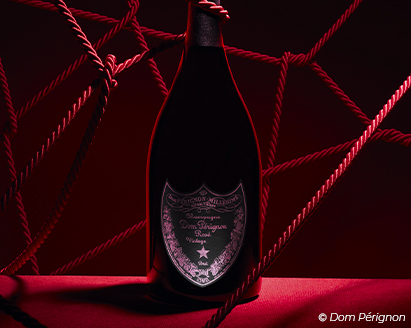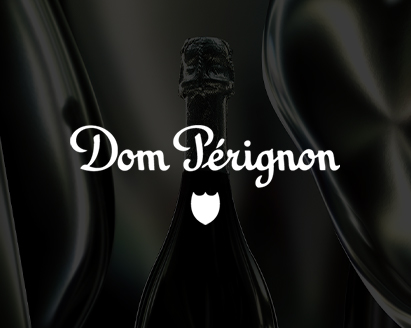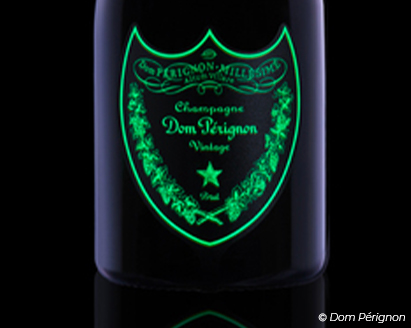Buy Dom Pérignon Champagne | Best Vintages, Prices & Online Guides
Dom Pérignon Champagne is more than a sparkling wine—it is the ultimate symbol of luxury, celebration, and refinement. Produced by Moët & Chandon only in the finest years, every bottle of Dom Pérignon is crafted from Chardonnay and Pinot Noir grapes grown in exceptional vineyards. Since its first release in 1921, this prestigious cuvée has set the standard for excellence. Whether you want to buy Dom Pérignon Champagne for a wedding, order it online for a milestone celebration, or choose a vintage to add to your collection, this guide will help you find the perfect bottle and answer all your frequently asked questions about Dom Perignon.
Why Should You Choose Dom Pérignon Champagne?
Dom Pérignon stands out because it is always a vintage champagne. Unlike most houses that release non-vintage blends each year, Dom Pérignon only bottles wine from exceptional harvests. Each release captures the unique character of its growing season, offering balance, complexity, and long aging potential. This exclusivity makes Dom Pérignon Champagne one of the most sought-after bottles to buy for collectors and enthusiasts in the USA.
What Is the Best Dom Pérignon Champagne and Vintage to Buy?
If you are searching for the best Dom Pérignon vintage, several stand out as exceptional. The Dom Pérignon 2008 is admired for its precision and freshness, while the Dom Pérignon 2010 delivers richness and expressive depth. The Dom Pérignon Rosé 2006 remains a collector favorite thanks to its bold fruit-driven character. For those who want even more complexity, the P2 and P3 editions offer champagne that has aged longer on the lees, providing rare intensity and elegance. These vintages are limited, making them among the most valuable Dom Pérignon champagnes to buy online today.
Why Is Dom Pérignon Rosé Champagne So Popular?
Dom Pérignon Rosé Champagne, first launched in 1959, is crafted as a tribute to Pinot Noir. Known for its striking bouquet of ripe figs, roasted apricots, and confit orange, balanced with a smoky finish, it offers both elegance and intensity. On the palate, the Rosé is juicy and textured, making it a perfect pairing for fine dining and luxury celebrations. For buyers in the US, Dom Pérignon Rosé Champagne is not only a unique tasting experience but also one of the most exclusive champagnes available to order online. Find out more about the core values of Dom Perignon on our blog!
How Much is a bottle of Dom Pérignon?
Dom Pérignon price varies depending on the vintage and rarity. A classic Dom Pérignon vintage usually costs between $200 and $300 in the USA. Dom Pérignon Rosé Champagne is priced higher, typically between $350 and $500. For collectors, the rare P2 and P3 editions can cost anywhere from $700 to $2,000+, depending on availability. Limited editions such as Dom Pérignon Luminous, with its glow-in-the-dark label, or creative collaborations like the Dom Pérignon Lady Gaga release, are also available and make impressive luxury gifts.
Is Dom Pérignon Worth the Price?
For champagne lovers, the answer is yes. Every bottle of Dom Pérignon is made only in extraordinary years, offering a unique character and long-term aging potential. Whether you are buying Dom Pérignon as a wedding gift, for a special occasion, or to add to your collection, its reputation for excellence makes it a worthy investment.
Which Dom Pérignon Is the Best Gift?
Dom Pérignon Champagne is one of the most prestigious gifts you can give. For weddings, anniversaries, or milestone celebrations, the Dom Pérignon Vintage 2012 is a versatile choice that combines elegance and depth. For something more memorable, Dom Pérignon Rosé Champagne makes a bold luxury statement. Limited editions such as Dom Pérignon Luminous also stand out as unforgettable gifts, perfect for those who love both fine wine and distinctive design.
How Long Can You Store Dom Pérignon Champagne?
When stored properly in a cool, dark cellar, Dom Pérignon can age beautifully for more than 20 years. As it matures, the champagne develops deeper aromas and greater complexity. The Dom Pérignon P2 and P3 vintages are examples of how this champagne continues to evolve long after its first release, offering entirely new expressions of flavor. For collectors in the USA, these long-aging champagnes represent both rarity and prestige. Discover how to store champagnes on our blog!
What Is Dom Pérignon Luminous?
Dom Pérignon Luminous is a special edition champagne with a glow-in-the-dark label that shines at night. Perfect for parties, nightclubs, and exclusive events, it combines the timeless taste of Dom Pérignon with an eye-catching design. If you are looking to buy Dom Pérignon that makes a bold impression, the Luminous edition is a top choice.
Where Can You Buy Dom Pérignon Online in the USA?
Looking to order Dom Pérignon online? At Millesima USA, we offer a wide selection of Dom Pérignon champagnes, including Vintage, Rosé, Luminous, and limited-edition collaborations. With secure online shopping and delivery available across the United States, you can easily buy Dom Pérignon Champagne for any occasion.
FAQ about Dom Perignon Champagne
Is it Dom or Don? What are those bottles with the glow-in-the-dark label called? In our article, we take a look at some of clients’ most frequently asked questions about Dom Perignon and we do our best to answer all of them.














